What happens when you apply data tracking to your closet? For Maria Lee, the result is a smarter, smaller, and more satisfying wardrobe. As a photojournalist and product manager, she’s spent years documenting her clothing through photos, spreadsheets, and sharp personal insights.
In this conversation, Maria shares how she uses data to reduce waste, rediscover creativity, and get dressed with intention every single day.
Why She Started Tracking Her Closet

"Self-portrait in front of my closet, holding a data visualization charting the cost and longevity of my wardrobe. I’m wearing one of the most versatile pieces in my wardrobe, a fitted tank top."
What first inspired you to start tracking your wardrobe?
I was curious. How many pieces did I actually wear? Which fabrics held up best over time? We live in the information age—why not apply that to something as personal as clothing?
Tracking wasn’t about minimalism. It was about awareness. Creating my own wardrobe data helped me make better choices, avoid waste, and spot patterns I never would have noticed otherwise. It’s part curiosity, part self-care, part accountability.

" Data visualization showing my wardrobe by category. Hovering of the sections shows the average cost and age by category or piece."

"Data visualization of where my wardrobe was made. Check it out here."
How did your background in photojournalism and product management influence the way you approach your wardrobe?
Photojournalism taught me to observe, document, and tell a visually compelling story. Product management taught me to optimize with objectivity. Together, they shaped how I approach my wardrobe—like a living product. I invest wisely, retire pieces with intention, and track their performance over time.
Surprising Lessons From the Closet

" Photo of me wearing a collection of favorite pieces including a pink dress originally purchased for a wedding paired with my mother-in-law’s leopard coat and pink earmuffs purchased on a trip."
What’s one of the most surprising insights from tracking your wardrobe?
That my most durable pieces are basic lounge and activewear—some are over 10 years old! Meanwhile, office wear tends to be expensive, high-maintenance, and short-lived, especially if you're accident-prone like me.

" Cost per wear analysis dashboard currently filtered on how often I wore a ribbed mock neck t-shirt.. Check it out here."
Have you ever had a piece unexpectedly score high in versatility?
My fitted tank tops quietly win the versatility game. They layer well, transition across seasons, and work everywhere—at the office, on weekends, at yoga, even formal events. The most versatile pieces are often the basics we overlook.
Wearing the Same Thing on Purpose
When did you first realize you liked wearing the same things again and again?

" A photo of me wearing my 'Born to be wild' tiger t-shirt paired with shiny purple basketball shorts in elementary school."
As a kid. I got a tiger T-shirt with “Born to be wild” on it for Christmas and wore it constantly until a classmate asked why. That was my first taste of a personal uniform. I didn’t have the words for it then, but I knew I felt more ‘me’ in that shirt than anything else.
Some say living with less is restrictive. How do you make it feel expressive?
Limitations fuel creativity. With fewer options, you see possibilities others don’t. Clothing is just one piece of style. Fewer clothes make room for other expressions—your shoes, accessories, hair, energy.
My sister is a teacher and built her personal work uniform around fun earrings. The kids love it and so does she.
A Wardrobe That Works (Hard)
What advice would you give someone who wants a more efficient wardrobe but doesn’t know where to start?
Try a two-week personal uniform experiment. Don’t donate anything—just wear the same handful of pieces on repeat and see how you feel.
I once wore the same black dress for 30 days and felt liberated. It was like opting out of the marketing machine. No one could sell me anything—I already had what I needed. That kind of clarity is powerful.
Rethinking Identity Through Clothes
What does “authentic style” mean to you today
"Photo of me on the subway. My style is a blend of polished and practical pieces with a sense of adventure. I wear versatile and utilitarian basics and bold accessories."
Authentic style is lived-in. It’s what remains after you try things, fail, and learn what actually works for you. It’s about dressing in a way that reflects what matters to you. Authentic style isn’t found—it’s revealed.
I love watching people on the subway during the morning rush. Everyone quietly expressing themselves through color, silhouette, fabric, adornments. It’s everyday magic.
Experimenting Never Ends
" A photo of me using a silk scarf and sunglasses to add emphasis to an otherwise minimal travel look."
What have you been experimenting with personally?
I recently went through a weight change that made most of my work pants unwearable. I replaced them with just three pairs that fit, and it made a huge difference—not just in comfort, but in confidence.
The first step to improving your appearance is to wear clothing that fits your current body.
How about on the data side?

"Excerpt from a project I did to understand how much clothing people own. Check it out here."
I’ve been inventorying wardrobes for friends. It’s been fun and eye-opening—especially since they have much bigger wardrobes than I do. I plan to keep tracking my own, but I’m increasingly interested in how others relate to clothing. Style is personal, but patterns are universal—and data helps you see both.
How Less Makes Room for More
 " A data visualization representing everything I wore in a year. Check it out here."
" A data visualization representing everything I wore in a year. Check it out here."
How has living with less made space for more in your life?
Contentment is a superpower. When you’re genuinely satisfied with what you have, you stop chasing the next thing and start appreciating the now.
Living with less gave me more appreciation for what I already own. Wanting more is natural—but when that want comes from within, not from marketing, that’s when it’s worth pursuing.
About Maria
Maria Lee grew up in Indianapolis as the daughter of two journalists. By 14, she was already freelancing for newspapers. Today, she balances a career as a product manager in New York with a creative practice in photojournalism and data-driven wardrobe documentation.
Her advice has been gathered over the past 15 years maintaining her own minimal wardrobe and years of practical experience tracking her wardrobe.
Today, she documents her Capsule Wardrobe through photos and data —and helps others to do the same.
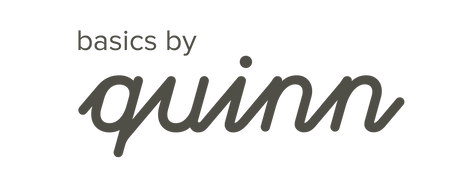
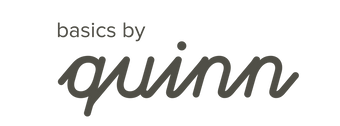
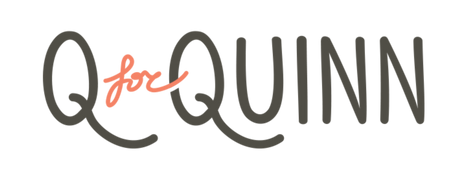




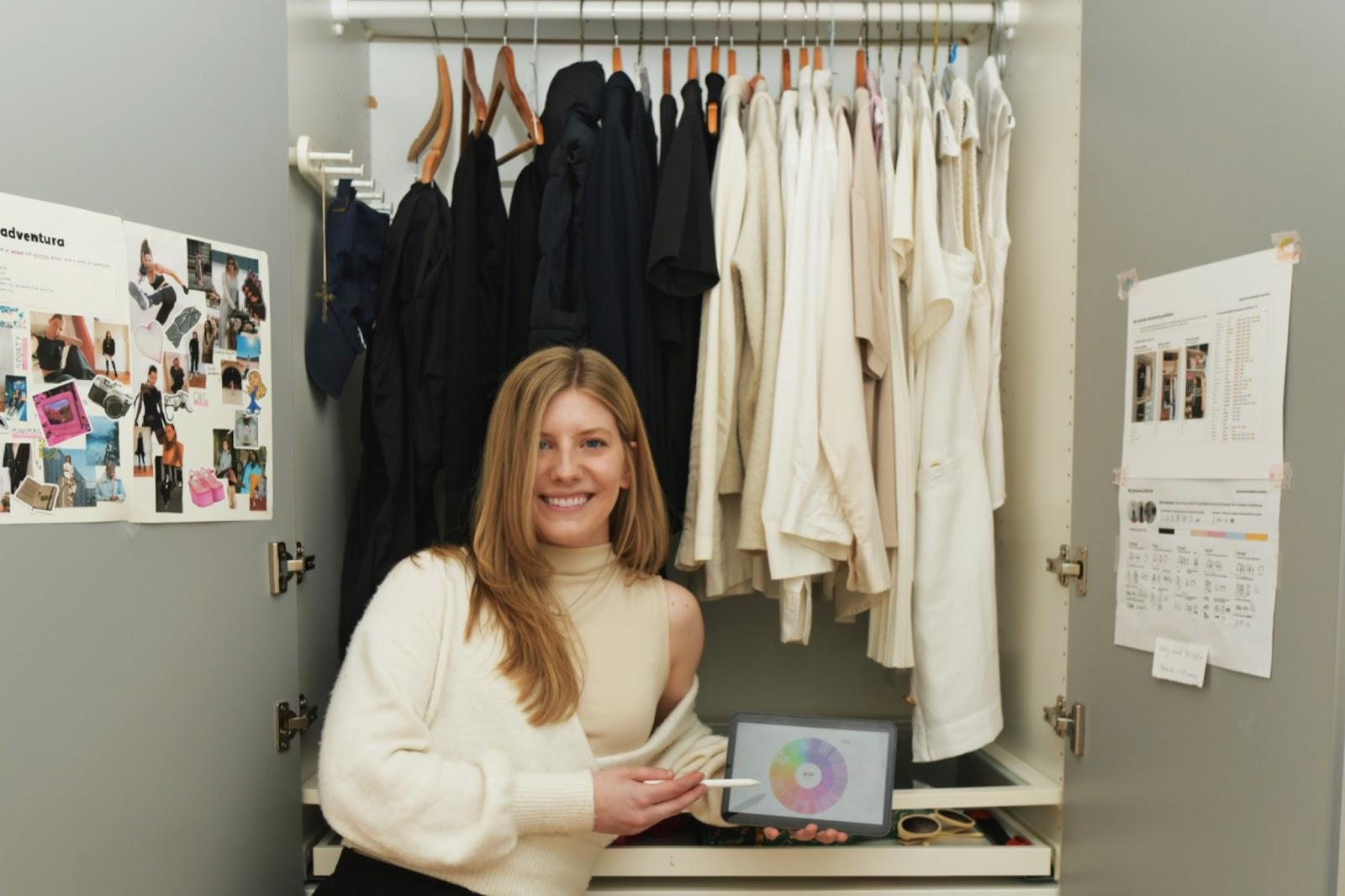







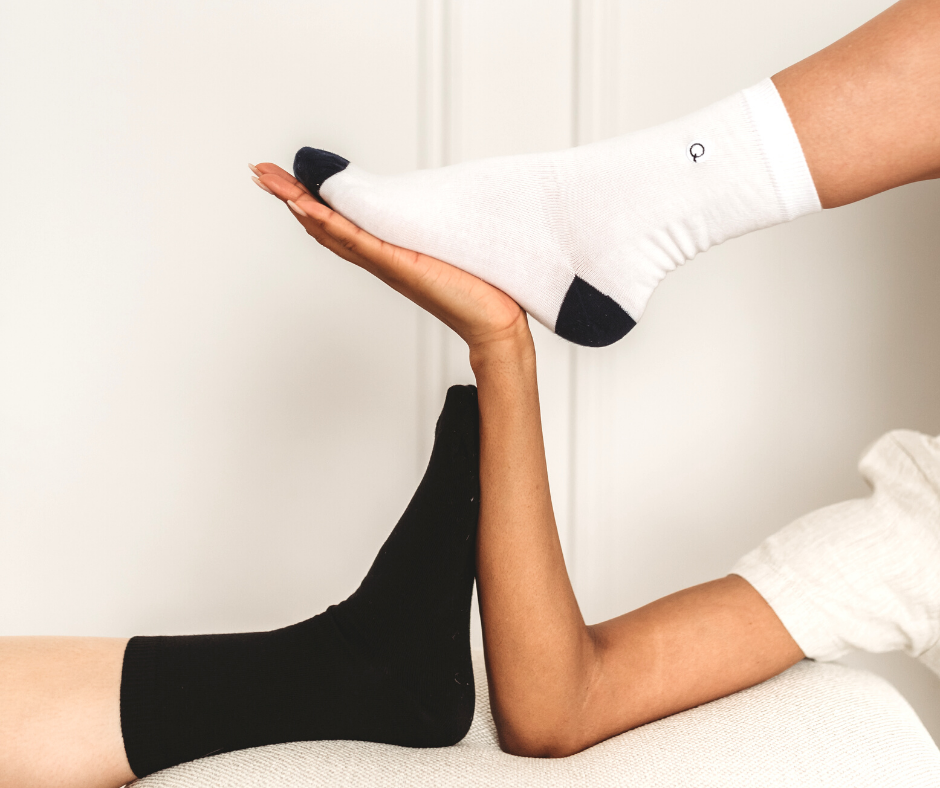


Leave a comment